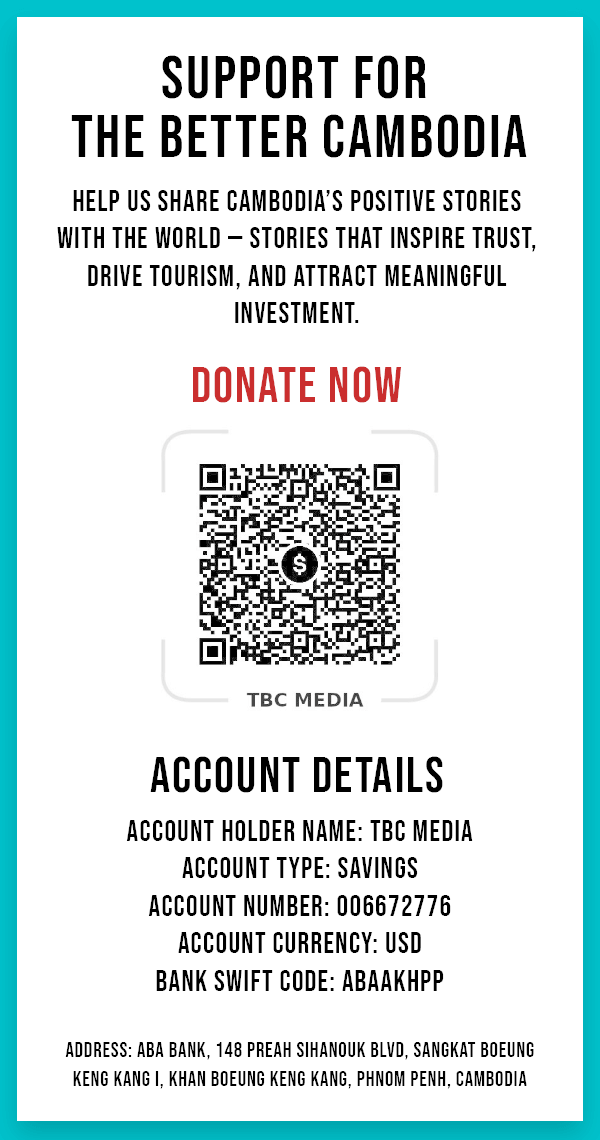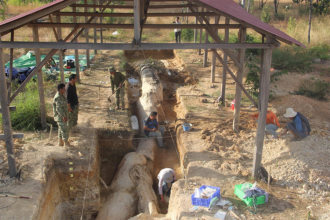The Cambodian alphabet, widely known as the Khmer script, is not just a system of writing—it is a reflection of Cambodia’s rich history, culture, and identity. Recognized as one of the most intricate and visually captivating scripts in the world, the Khmer script has roots that stretch back over a millennium. Its historical significance, unique structure, and contemporary applications make it an enduring cultural treasure.
Origins and Historical Evolution of the Khmer Script
The Khmer script has a fascinating origin, with roots that trace back to the Brahmi script of ancient India. Specifically, it evolved from the Pallava script, which was widely used in southern India and Southeast Asia during the 5th and 6th centuries AD. The Pallava script itself was a derivative of the Tamil-Brahmi script, an ancient form of writing that developed in South India around the 3rd century BCE.
The Pallava script played a crucial role in the dissemination of Indian culture, religion, and languages across Southeast Asia. As Hinduism and Buddhism spread through trade, migration, and the establishment of kingdoms, the Pallava script was adopted and adapted by local cultures, giving rise to several Southeast Asian writing systems, including Khmer.
By the 7th century, the Khmer script had fully developed into a unique writing system, distinct from its Pallava ancestor but retaining many of its structural and stylistic elements. This evolution coincided with the rise of the Khmer Empire, which became a dominant force in the region. The Khmer script was used extensively in inscriptions, documenting royal decrees, religious texts, and historical events. Early examples of Khmer script inscriptions, such as those found at Sambor Prei Kuk and other ancient temple complexes, demonstrate its role in recording the rich history and culture of Cambodia.
Structure and Uniqueness of the Khmer Script
The Khmer script is classified as an abugida, where each consonant inherently carries a vowel sound that can be modified or muted using diacritics. Its alphabet consists of 33 consonants, 23 dependent vowels, 12 independent vowels, and several diacritical marks. The script is written from left to right, and words are typically written without spaces, requiring readers to identify word boundaries based on context.
One of the most striking aspects of the Khmer script is its artistic design. The characters are curvilinear and ornate, with flowing lines and rounded edges. This visual appeal makes the script not only a medium for communication but also an art form in its own right. The Khmer script is often described as a “dancing alphabet” due to its elegant, flowing shapes that resemble traditional Khmer dance movements.
Key Features That Make the Khmer Script Unique
- Direct Descent from Pallava: The Khmer script retains structural features and stylistic elements from the Pallava script, such as the use of rounded characters and diacritical marks.
- No Capitalization: Unlike Latin scripts, Khmer does not use capital letters. Instead, emphasis or formality is conveyed through context, punctuation, or the choice of vocabulary.
- Independent and Dependent Vowels: Independent vowels can stand alone, while dependent vowels must be attached to a consonant to form a syllable.
- Complex Diacritical System: Diacritics play a significant role in modifying the pronunciation of consonants and vowels, adding a layer of intricacy to the writing system.
Challenges in Learning and Using the Khmer Script
Despite its historical and cultural significance, the Khmer script is not without challenges. For native speakers, mastering the script requires years of practice due to its complexity. For foreigners, learning Khmer can be intimidating, especially for those unfamiliar with abugida writing systems.
One notable difficulty is the absence of spaces between words, which can make reading cumbersome, particularly for beginners. Additionally, the proper placement of diacritical marks is crucial, as even a small error can alter the meaning of a word.
Efforts to simplify the teaching of the Khmer script have been undertaken by educational institutions and language enthusiasts. Modern textbooks, online courses, and language apps are helping to make the script more accessible to learners worldwide.
Relevance of the Khmer Script in the Digital Age
The advent of digital technology posed initial challenges for the Khmer script. Until the late 1990s, the lack of standardized fonts and software support limited its use in digital communication. However, significant progress has been made in recent years to integrate the Khmer script into the digital realm.
- Unicode Standardization: The inclusion of the Khmer script in the Unicode Standard was a major milestone. This allowed developers to create Khmer-compatible fonts and software, enabling its use on computers, smartphones, and other digital devices.
- Digital Fonts: Several digital fonts for the Khmer script, such as Limon and Khmer OS, have been developed. These fonts are now widely used in government documents, educational materials, and online content.
- Social Media and Communication: Social media platforms, messaging apps, and search engines now support the Khmer script, allowing Cambodians to communicate and share content in their native language.
The Khmer script is a testament to Cambodia’s rich history, cultural heritage, and artistic ingenuity. Its evolution—from Tamil-Brahmi and Pallava scripts to a unique writing system—is a reflection of the resilience and adaptability of the Cambodian people. As a cornerstone of Cambodia’s identity, the Khmer script continues to inspire admiration and respect from those who encounter it.
Whether through ancient stone carvings, religious texts, or vibrant social media posts, the Khmer script bridges Cambodia’s past and future. For those curious about Southeast Asia’s linguistic and cultural diversity, exploring the Khmer script offers a profound journey into one of the world’s most intricate and beautiful writing systems.
Also Read, Do you know which language has the longest Alphabet?









